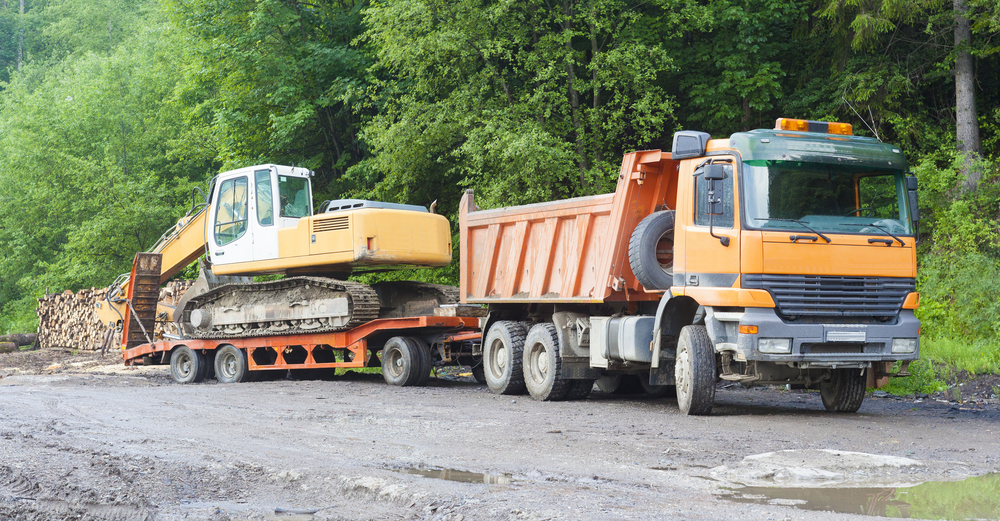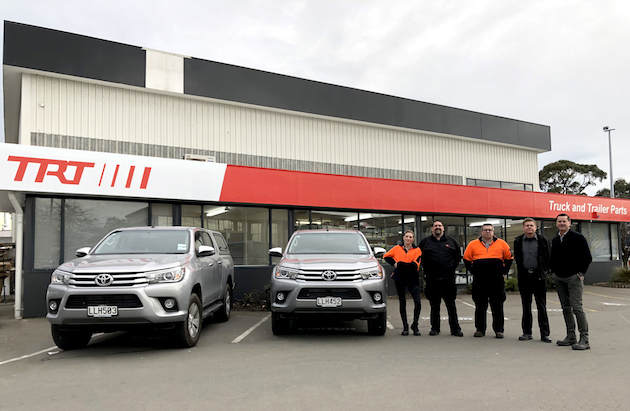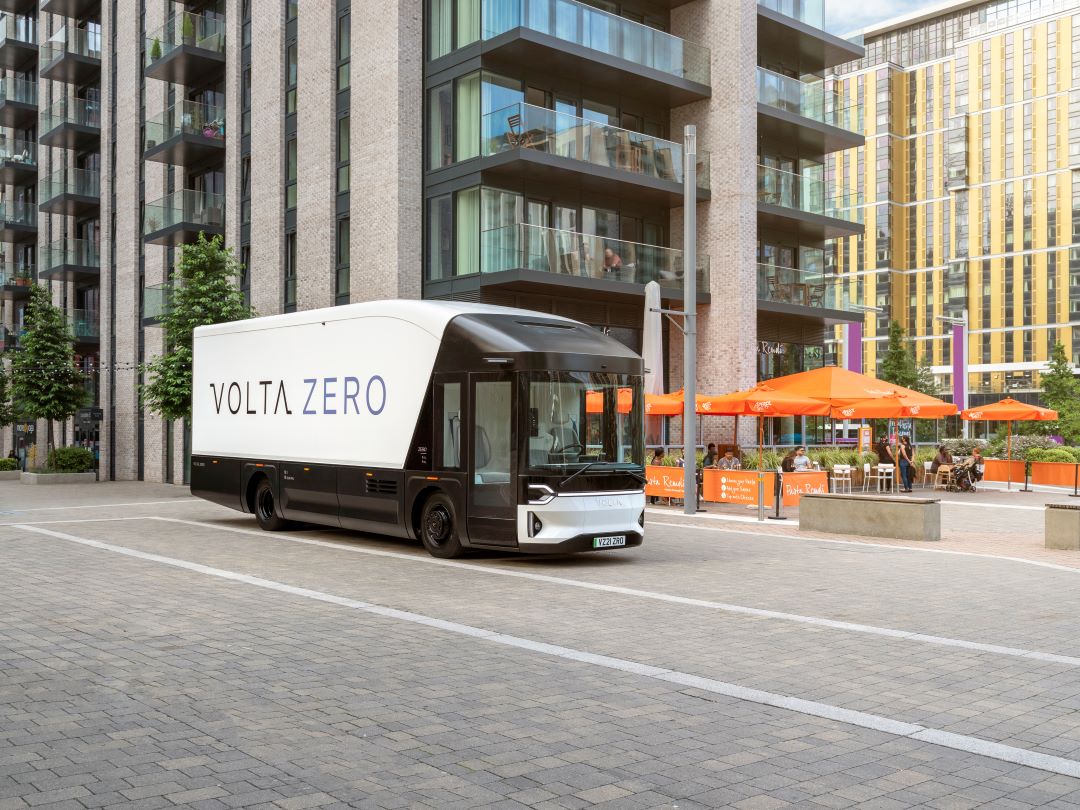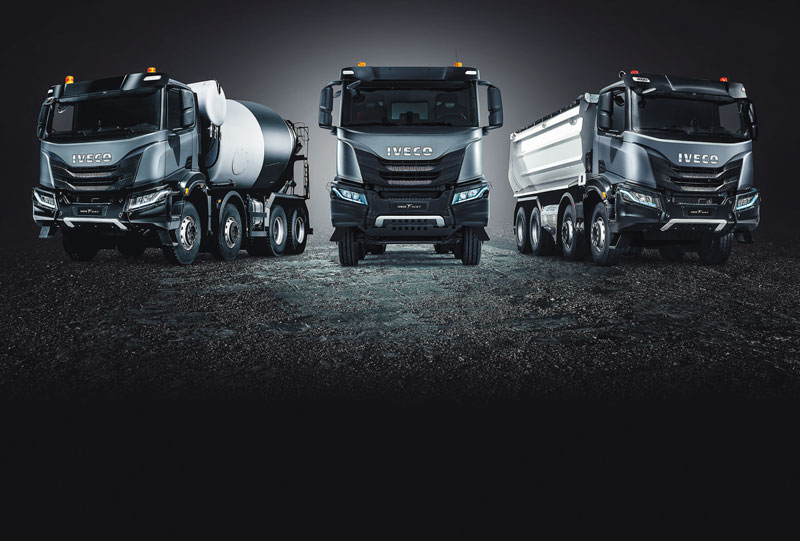
The Importance Of Choosing The Right Heavy Trailer Configuration
There are many factors that trailer manufacturers in Australia consider when creating the right heavy trailer configuration for your loads. Weight, distribution of weight, and the type of load are all important factors to consider.
The wrong configuration can lead to problems with balance, braking, and manoeuvrability. It is important to consult with your trailer manufacturer to ensure you are getting the right configuration for your needs.
The Importance Of Choosing The Right Heavy Trailer Configuration
The importance of choosing the right heavy trailer configuration cannot be overstated. There are many factors to consider when choosing a trailer, such as the type of loads you will be hauling, the weight of the loads, the terrain you will be traversing, and the type of vehicle you will be using to tow the trailer.
If you choose the wrong trailer configuration, you could end up damaging your load, your vehicle, or worse. That’s why it’s so important to take the time to research the different types of trailers and find the one that best suits your needs.
There are many different types of trailers on the market, from simple flatbeds to complex multi-axle configurations. Each has its own advantages and disadvantages, so it’s important to choose the right one for your needs.
For example, if you’re hauling heavy loads over rough terrain, you’ll need a trailer with a strong suspension and plenty of ground clearance. On the other hand, if you’re hauling lighter loads on smoother roads, you can get by with a simpler trailer.
No matter what type of trailer you choose, make sure it’s properly configured for your vehicle and your loads. With the right trailer, you
Terrain And Distance
There are many factors to consider when choosing a heavy trailer configuration, such as the type of goods being transported, the terrain, and the distance to be travelled. The most important factor is the type of goods being transported, as this will dictate the type of trailer needed.
For example, if you are transporting construction equipment, you will need a different trailer than if you are transporting livestock. The terrain is also an important factor, as certain trailers are better suited for certain types of terrain.
For example, lowboy trailers are better for transporting goods over rough terrain, while flatbed trailers are better for transporting goods over smooth terrain. The distance to be travelled is also an important factor, as certain trailers are better suited for certain distances. For example, if you are transporting goods over long distances, you will need a different trailer than if you are transporting goods over short distances.
The Wrong Heavy Trailer Configuration Can Lead To Accidents And Damage To Goods
When it comes to trailers, one size does not fit all. Just as there are many different types of vehicles on the road, there are many different types of trailers that are designed to accommodate those vehicles. The wrong heavy trailer configuration can lead to accidents and damage to goods, so it is crucial to select the right one.
There are three main types of heavy trailers: low-bed, step-deck, and flat-bed. Low-bed trailers have a lower deck height, which makes them ideal for hauling low-clearance vehicles.
Step-deck trailers have a raised center section that allows for taller vehicles to be loaded on top. Flat-bed trailers are just that – flat. They have no raised sections, which makes them ideal for hauling large, bulky items.
When selecting a heavy trailer, it is important to take into consideration the type of load that will be carried. If the trailer will be carrying vehicles, the deck height and loading ramp configuration will need to be taken into account. If the trailer will be carrying large, bulky items, the flat-bed configuration will be the best option.
Axel Types
Another factor to consider when selecting a heavy trailer is the axle configuration. There are two main types of axles: tandem and tri-axle. Tandem axles are typically used on smaller trailers, while tri-axles are typically used on larger trailers. The axle configuration will need to be taken into account when determining the maximum weight capacity of the trailer.
No matter what type of heavy trailer you need, be sure to select the right one for the job. The wrong trailer configuration can lead to accidents and damage to goods. With so many different types of trailers on the market, there is sure to be one that is perfect for your needs.
Conclusion
With a little research and careful planning, you can ensure that you select the right heavy trailer configuration for your needs.



